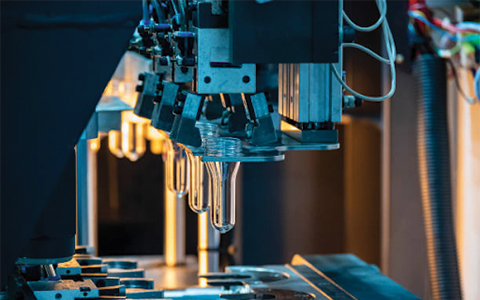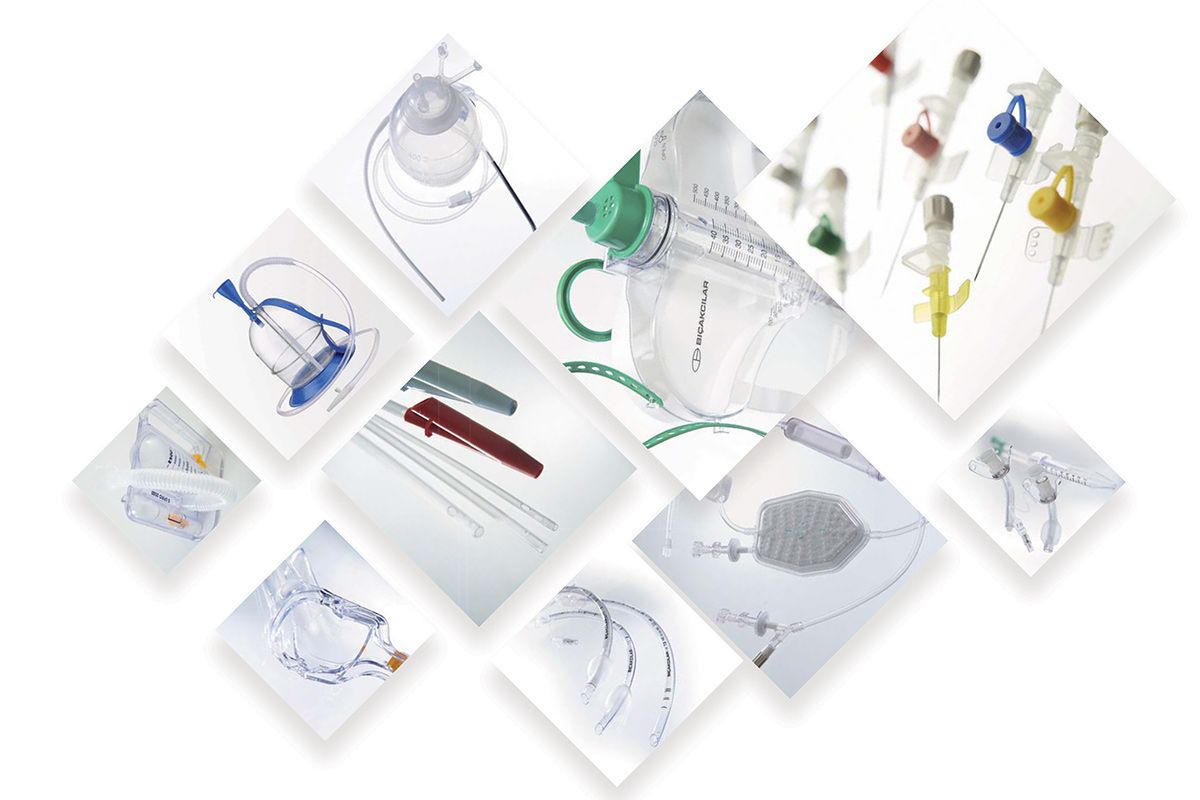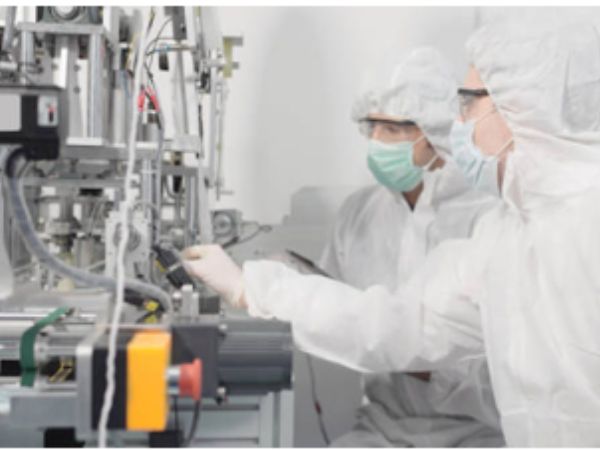Injection molding has numerous applications for automotive manufacturing, extremely for delivering robust mass volume components. Though mold tooling and injection molding can be slightly costly, the long-term expense is low, making it more economical.
The injection mold methods are used in the automotive industry to manufacture high-quality and robust under-the-hood components, interior components, and exterior components for automobiles. To meet the current medical-grade plastic auto part demand, there are many automotive and medical molding companies worldwide.
History Of Automotive Injection Molding
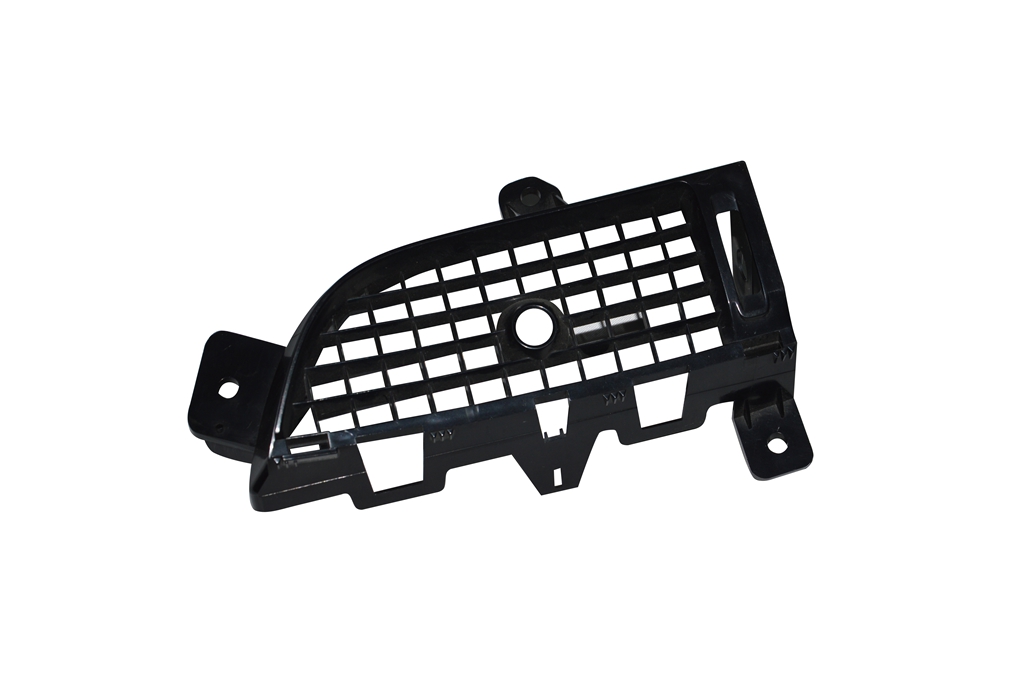
Automobiles were practically built of metal in the initial years of the automobile industry, and they used to be bulky and awfully heavy. Nonetheless, as the automobile sector expanded, the need for more productive and affordable manufacturing techniques increased.
In the 1940s and 1950s, the automotive industry developed, and plastics usage exploded. As a result, automakers started testing the production of plastic car parts. The foremost molding machine was designed in 1872, and plastic injection molding was created in the late 19th century.
Injection molding was originally employed to develop aesthetic components in the 1950s. However, in the late 1970s and early 1980s, plastic injection molding soon replaced other production procedures for creating molds for various auto parts, such as headlights, dashboards, instrument clusters, and door panels. Additional components like plastic fenders and bumpers are also made.
The foremost plastic structural car components were introduced by automakers in the initial 2000s. These parts are light in weight compared to metal parts, which enables better fuel economy and more affordable production. Currently, many reliable automobile part manufacturers use injection molding as the primary production technique for producing plastic car parts.
Why Use Plastic Parts In the Automotive Industry?
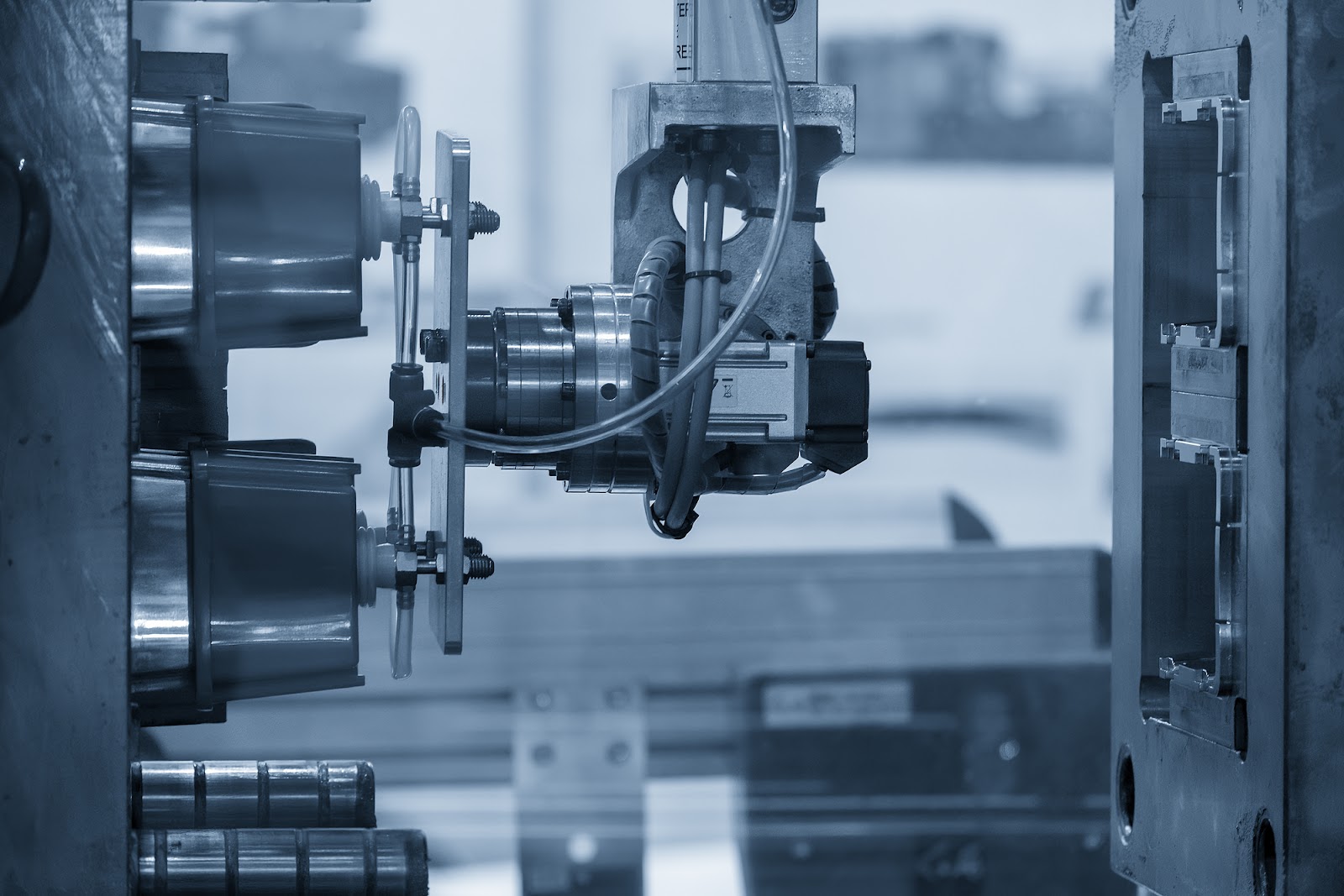
Injection molding is better than other manufacturing techniques as it can create products with intricate forms, high-quality surface finishes, precise tolerances, etc. Besides, manufacturers utilize injection molding as a highly adaptable technology to develop several vehicle parts, including interior and external body parts.
Additionally, plastic injection molding is a scalable procedure that allows for the bulk production of thousands of similar parts. Almost one-third of the 30,000 components in modern cars are made of plastic. In comparison to metals, plastic is substantially lighter and more cost-effective.
The automotive and medical components manufacturing technology reduces product development time and manufacturing time. Plastic materials can be tinted with colorant additives to produce the desired color for the application. In addition, the ability of thermoplastics to cooperate with metal connectors makes them the perfect choice for components that call for non-plastic inserts.
10 Benefits Of Injection Molding For Automotive Applications
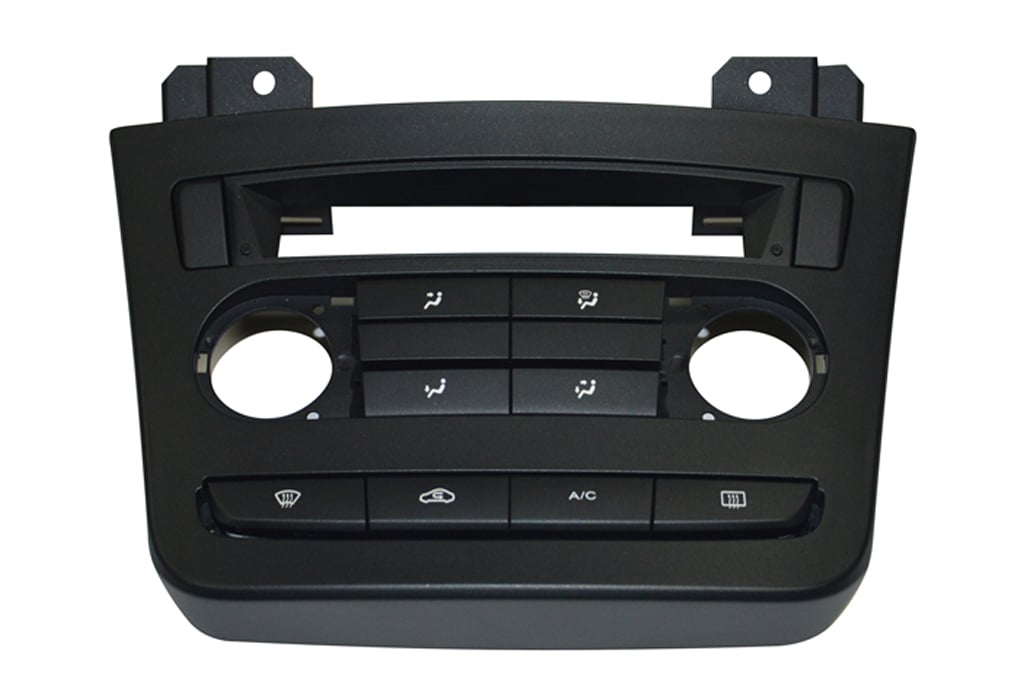
Automotive injection molding service has become common in the sector of the automotive industry, where precision, safety, and efficiency of the parts are more important. Below are the major advantages of injection molding for various automotive applications.
1. Produce Complex Parts With Accuracy
Injection molding is a popular choice among vehicle makers due to its high level of accuracy and reproducibility. Injection molding can assist businesses in producing highly complicated, intricate plastic components in significant quantities with no issues if the correct tool design and a scientific molding approach to process optimization are used.
Screw precession is a technique used by injection molding machines to infiltrate molten plastic into a mold chamber. This method enables the production of complicated and extremely detailed components. Automobile molding machines are capable of creating components with highly precise dimensional tolerances.
2. Highly Durable
Modern lightweight thermoplastics can resist the harshest environments even better than metal parts. The resilience and durability of plastics have significantly enhanced over time. To build intricate injection-molded applications, there are more than 25,000 design materials to pick from. It is also possible to develop high-end blends and hybrids that satisfy highly particular component specifications and qualities using automotive and medical device injection molding processes.
3. Lightweight And Various Colors
In several industries, OEMs employ lightweight injection-molded plastic products. In contrast to using metal parts, utilizing plastic components helps lessen weight. Currently, metal parts can be replaced with high-performance, lightweight, and highly resilient thermoplastics. In addition, there will be no difference in terms of durability; only the plastic parts will be lighter.
By coordinating additives, polymers, and biocompatibility to get the desired coloring, the molding procedure can produce components that are clear or in a variety of colors. Also, overmolding can be utilized to achieve this when numerous colors are required in a single product.
4. Enhances Flexibility
The automotive industry uses injection molded plastic parts because they provide producers more flexibility. They facilitate the part design specifications for manufactured cars. For example, the creation of plastic components with high precision and a variety of geometries is made possible by the use of diverse polymers in injection molding. As a result, a variety of components can be fabricated using this approach for interior, exterior, or under-the-hood parts.
5. Better Surface Finishes
Smooth and error-free components with better surface finishes are produced through injection molding. The surface finishes produced by the plastic injection molding manufacturing procedure depend on the physical and chemical characteristics of the plastic material that is used. The method offers a variety of treatment options, including engraving, matte finishes, and unusual textures.
Manufacturers retain a broad range of finish options like matte, rough, and glossy when making components with plastic injection molding, which are directly applied to the auto parts mold rather than the product. However, depending on the type of plastic used, the final surface roughness differs.
6. Various Materials
A large variety of flexible, rigid, and rubber plastics are compatible with the injection molding process, which is one of the major benefits for the automotive industry. In the automobile sector, manufacturers utilize a wide variety of distinct polymers for various uses, including polypropylene, Acrylonitrile butadiene styrene, acrylic, acetal, nylon, polyethylene, polycarbonate, etc.
7. High Efficiency And Quick Production
High efficiency and quick production are some reasons why injection molding is preferred in the automotive industry. First off, compared to other techniques, the injection molding procedure is quick, and its high production output rate makes it even more efficient. There is only a little gap between each molding cycle, depending on the complexness and size of the mold. Many injection molded parts can be created in a given amount of time with fast cycle times.
8. Cost Reduction
Creating metal parts is more expensive and uses more effort than injection-molded plastics. Because of that, components made of plastic injection molding have become standard practice in the automobile industry. The plastic components are affordable to create, lightweight, and long-lasting. In addition to that, high-quality vehicle parts may be mass-produced via injection molding at a very cost-effective price.
Elevated repeatability is another benefit of the injection molding method for creating plastic parts. This is important in the automobile sector, where it is necessary to consistently make similar components. As this method is extremely scalable and there are lots of materials available, injection molding also aids in cost reduction.
9. High Precision And Short Production Time
Precision-molded plastic parts can be produced in large quantities using current high-speed injection molding machines. The injection molding method is the best option and offers tolerances as close as +/-0.0002 for the creation of plastic pieces like gears and connectors that need high-precision manufacturing.
Various injection mold engineers’ skill sets can assist OEMs in attaining a quicker product development cycle. By doing this, manufacturers are guaranteed shorter manufacturing cycles and timely delivery of error-free products.
10. Consistent Production
The ability to repeatedly produce identical parts is crucial in the automotive business. As robust metal molds are typically used in plastic injection molding, the finished product that emerges from the mold will be practically the same. The injection molding in clean room is done strictly considering the quality and durability tests.
To manufacture complicated plastic parts with high output while maintaining tight tolerances, a reliable, repeatable procedure is necessary. The injection molding production procedure is supported by an injection molder’s steady advancement techniques and incorporates cutting-edge technology. It helps assure steady quality by consistently utilizing the same mold for each part.
Applications For Automotive Injection Molding

Plastics are used in a variety of places in vehicles like vans, cars, and other motorized vehicles. They are utilized for oil gauges, battery casings, and cylinder head coverings under the hood. Automotive plastics are also used to make car interiors. They are located on the exterior of the vehicle in the bumpers, fenders, headlight housings, etc. Door panels, grills, and handles are examples of additional exterior components.
Other parts of the car’s interior have been plastic injection molded, which include air vents, door handles, dashboard plates, glove boxes, radios, sun visors, sat nav screens, etc. Foam seating pads can be made from some polymers via the injection molding method. In addition to that, cosmetic parts for the automobile can be added using plastic to improve its design. Many top-notch auto part manufacturers offer one-stop auto injection mold service for quick and easy production.
Materials Used In Plastic Injection Molding Automotive Parts

To fulfill the continually changing requirements of the automotive industry, plastics used in automobiles have the ability to acquire new qualities. There are a wide variety of plastics that can be utilized for injection molding, including approximately 85,000 commercial plastic material possibilities from 45 polymer families. Polymers can be generally divided into thermosets and thermoplastics categories. Material selection is followed by experts to choose the right plastic material for the desired application.
- Acrylonitrile Butadiene Styrene (ABS)
Acrylonitrile butadiene styrene is created by polymerizing styrene and acrylonitrile and is mostly preferred due to its affordable manufacturing procedure. It performs admirably in both high and low temperatures and has excellent insulating qualities. This material is used in vehicle body elements like wheel covers, dashboards, etc.
- Poly-Vinyl Chloride (PVC)
Poly-Vinyl Chloride has a reputation for being flexible and flame resistant. It retains excellent thermal stability and a very low lead level. Electrical cable sheathing, automobile doors, and instrument panels are all made using it.
- Polyamide
High mechanical strength, high water absorption, and rigidity are all characteristics of polyamide material. Polyamide is known for its high resilience, abrasion resistance, and durability. Cams, gears, waterproof coatings, and bearings are just a few automobile parts where this material is used.
- Polyethylene
Some of the characteristics of polyethylene are low density, high impact resistance, and good toughness. It is moisture-resistant, very affordable, and helpful in several thermoplastics processing techniques.
- Polypropylene
This saturated polymer polypropylene is derived from the monomer propylene. It is immune to bases, acids, and chemical cleaners. This material is used to make bumpers, gas cans, wire insulation, carpet fibers, chemical storage tanks, etc.
- Polystyrene
Polystyrene is known for its remarkable chemical and electrical resistance. It is simple to create, extremely elastic, and softens when heated past the point at which glass transitions. It is utilized to make buttons, display bases, automobile fittings, etc.
- Polyoxymethylene
Thermoplastic polyoxymethylene is renowned for its superior dimensional stability, strong heat resistance, and creep resistance. High-performance parts, including interior and exterior trim, gears, and fuel systems, are made using this material.
- Polymethyl methacrylate (PMMA)
Acrylic is a great alternative to glass because of its transparency, and it is shatterproof. Molded Poly methyl methacrylate is used by automotive plastic parts producers for creating internal screens, headlight covers, etc.
- Polycarbonate
Polycarbonate is known for its incredible electrical, thermal, optical, impact, and weathering qualities. It is one of the best options for creating bumpers, helmets, headlight lenses, and bulletproof glass because of its extraordinary impact resilience.
- Reinforced Composites
Manufacturers have access to glass or carbon fiber-reinforced plastics, which are far more robust in comparison to common resins that are used to make automobile bumpers and bodywork.
Types Of Automotive Injection Molding Methods

There are numerous types of injection molding procedures that are used in the automotive industry, such as plastic injection molding, die casting, insert molding, cube molding, metal injection molding, liquid silicone rubber injection molding, thin-wall injection molding, reaction injection molding, gas-assisted injection molding, micro injection molding, etc. However, only the most common injection molding methods used in the automotive industry are listed below.
- Plastic Injection Molding
Decent-quality, commercially reproducible 3D items are made via injection molding procedure. Melted plastic is pumped straight into a unique mold when using this injection molding technique. High pressure is used during the injection to fill the mold and create solid components. The plastic substance is cooled to maintain its shape once the mold has been filled, and then it is unlocked. Using custom plastic injection molder machines, it is possible to easily create customized auto parts with intricate designs.
- Overmolding
Overmolding allows for the creation of parts from two or more polymers. When manufacturers realize that the component can be produced better using different materials, they typically go with this method. A substrate is typically the initial substance that is covered with secondary materials, like the overmold substances, to complete the specific procedure for each item.
- Insert Molding
Overmolding and insert molding procedures are essentially comparable, although insert molding has more material restrictions. It is due to the fact that it utilizes sub-materials to fill in the spaces between the pieces, increasing its resilience. By adding the selected polymer to the insert, one can combine two or more materials to make one product. As insert molding removes the need for extra pieces that could make the product bulkier but less effective, the parts are often sturdy.
- Elastomeric Injection Molding
Rubber and silicone are examples of elastomeric materials, and elastomeric injection molding is utilized to create parts from these substances. It has a lot of the same benefits as thermoplastic injection molding, such as affordability, rapid manufacturing, adaptability, etc. In addition to that, it offers excellent vibration-dampening and shock absorption.
- Thermoplastic Injection Molding
In the automotive sector, thermoplastic injection molding is the most typical kind of molding procedure. Parts manufactured from thermoplastic polymers, including nylon, polypropylene, and ABS, are produced using it. The cost reduction, quick output, and versatility of this auto molding method make it superior to other methods of injection molding.
- Compression Molding
The compression molding technique entails pouring raw plastic substance into a heated mold, which is then crushed to create the required shape. Reasonable resilience in the finished item is ensured by the high temperature of the entire process. To complete the procedure, the liquid plastic is cooled to ensure that it maintains its shape before being cut and taken out from the mold.
- Thermosetting Injection Molding
Parts consisting of thermosetting polymers, like epoxy and polyester, are produced via thermosetting injection Molding. This molding method offers numerous benefits, including repeatability and precise dimensional tolerances. The fundamental reason why thermosetting injection molding is used by automobile plastic molding companies is because it is not prone to melting or deforming at elevated temperatures.
What Is The Process Of Automotive Injection Molding

The injection time, chilling time, and resetting time make up the total cycle time of the plastic injection molding process. The automotive injection molding procedure is detailed in this section.
- Automotive Plastic Parts Design & Engineer
An expert industrial designer or engineer will create and engineer unique components for the molding procedure. Numerous elements must be taken into account while creating a stable and accurate automotive part. Unwanted outcomes might emerge if the manufacturers fail to adhere to the injection molding design rules.
The design of the automotive mold impacts the manufactured items’ quality and reliability. The designers and engineers will take into account many factors like materials, draft, shrink rate, bosses, ribs, integrated fasteners, undercuts, etc. During the early auto mold design, the experts will concentrate on the dependability of the mold and conduct mold flow analysis on it.
- Plastic Injection Mold Design And 3D Prototype
For prototypes, 3D printing solutions are utilized to guarantee auto part accuracy. The mold design will be made by using 3D printing and other plastic molding tools. The mold design that is approved by the client serves as the foundation for the 3D prototype. Bulk manufacturing is made possible through high-precision prototyping. The 3D prototype can only be utilized for injection molding later on with precision procedures that aid in proportioning the design for automotive usage.
- Mold Tooling Design & Making
To manufacture high-quality auto parts in large volumes, the right tooling is necessary. Prototype development is where the tooling design procedure begins. Prototype tools are made utilizing machining, cast urethane, and 3D printing. During manufacturing, these prototypes are utilized to build, test, and check the errors in tooling design.
Producing custom molds for use in plastic injection molding is mold tooling. Specialists utilize sophisticated plastic injection tools during the mold tooling process. Machines like CNC machining, drilling, EDM, and milling will be present in the auto plastic part manufacturing unit. These equipment are operated by experts in the manufacturing workshop.
- Injection Molding Sample
Automotive and medical plastic manufacturers embrace client feedback and take it into account the remarks during the production procedure. Using the design of molds, the ideal injection molding auto part samples are produced. It is a norm to prototype the sample auto part before the client examines it. Once the client has approved the sample part, then mass manufacturing will begin.
- Injection Molding Machine
The plastic mold is inserted into the injection molding machine. During the plastic injection molding process, the molding machine locks the mold. Granules or pellets of plastic are poured into the machine. The plastic is heated in the molding machine until it becomes liquid. The melted plastic is then injected into the mold utilizing the injection molding machine’s nozzle. The plastic will be poured into the mold’s cavity, and the product will then solidify as it cools. Ejectors will push the finished auto part out of the machine after it is cooled down completely.
Automotive Plastic Injection Molding Services At SeaskyMedical

At SeaskyMedical, we offer prototyping and on-demand automotive plastic part manufacturing. We are a 20+ year experienced company based in China with global supply. We have a wide range of medical-grade raw materials for material selection and use long-lasting materials to develop high-precision mold tools to produce premium-quality plastic auto products. If looking for customized auto mold manufacturing solutions, contact SeaskyMedical without any second thought.
We have a 1200-square-meter manufacturing facility with an ISO-certified cleanroom for quick plastic injection molding in automotive industry. At our cleanroom injection molding facility, there are high-technology and advanced injection mold machines that are upgraded every 3 to 5 years. From product design, material selection, mold tooling, product sample, and bulk manufacturing to packaging, we offer a one-stop injection molding service for the automotive industry.
FAQs
Q: What is the best molding process for making automotive plastic parts?
A: Plastic injection molding is the best molding procedure for producing a wide variety of automotive plastic parts due to its reliability, product resilience, long-term affordability, versatility, efficiency, etc.
Q: What is the best material for injection molding automotive parts?
A: Based on the type of auto components and the application requirements, various kinds of plastic materials are used. However, the most commonly utilized plastics are Polypropylene, Polyvinyl chloride, Polyurethane, etc.

